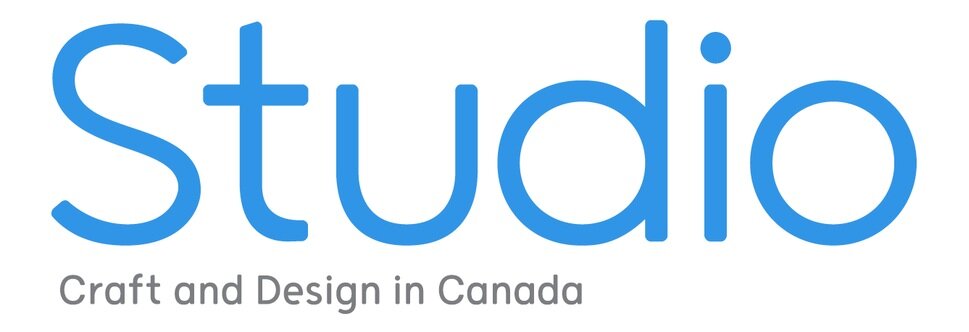Intuitive curation
Measures to slow the spread of the coronavirus have meant widespread closures of art galleries, fairs and festivals. In response, some exhibitions have been cancelled, some postponed and others moved online.
As a curator and arts programmer, I’ve had to consider all of these options, and to think about new or alternative exhibition models for an uncertain future. These are challenging times and we make the best decisions we can for artists, staff, organizations and our communities.
While wholly digital exhibitions are not new, they’re experiencing unprecedented popularity as arts organizations pivot to keep projects afloat, some after years in development. With the current response to COVID-19, I’ve been thinking about digital exhibitions and their merits more than ever before.
Helen Liene Dreifelds, ‘La durée,’ 2017.
Part of the exhibition ‘Dwell’, curated by Melanie Egan & Robyn Wilcox.
““And here I find a kernel of an answer: I miss encountering artwork with my whole body.””
And I keep coming back to one question: why is it that online exhibitions, even the well-executed ones, lack the appeal of a material experience? What is missing from an online exhibition?
It’s hard to name an absence. I revisited John Berger’s seminal Ways of Seeing looking for an answer, or at least language to better articulate the problem. But Berger doesn’t help me much in this instance. The only authentic “usefulness” of an original artwork (as opposed to a reproduction), he says, is in its ability to close the distance of time between the viewer and the painter. I don’t think what’s absent, in a digital exhibition experience, is a portal into history. If anything, Berger’s cool rationality confirms my suspicion that the answer is not one found in pure reason.
Trying another tactic, I think about what I miss, having not experienced artworks “in the flesh” these past two months. And here I find a kernel of an answer: I miss encountering artwork with my whole body. Not just my eyes and my perceiving mind, but with all of my senses and emotions. I miss the visceral and the intuitive.
Perhaps that is why craft resonates with me so profoundly: as a discipline, it embraces concepts like embodied knowledge, intuition and privileges multi-sensory, multi-dimensional encounters. Craft is entwined with time and space. We weave it into the narrative of our daily lives and spaces through both use and presence. Finnish architect Juhani Pallasmaa argues in The Eyes of the Skin against the privileging of vision over the other senses, positing the “body as the locus of perception, thought and consciousness, and of the significance of the senses in articulating, storing, and processing sensory responses and thoughts.”
““Craft is entwined with time and space. We weave it into the narrative of our daily lives and spaces through both use and presence.””
I am thankful that the coronavirus has not affected my health or that of those close to me. My losses are manageable and I have access to support. But I am saddened by the prospect of a future in which all of our encounters with art are digitally mediated. Rationally, I get it, but we’ve all learned over the past couple months that video chat with loved ones just doesn’t satisfy like a hug. As a deeply introverted person who feels most connected to people and humanity through my experience of the arts, this is equivalent to saying that all human interaction will take place via Zoom calls for the foreseeable future.
Daniel Daam-Rossi, exhibition ‘Blind Spot,’ curated by Robyn Wilcox. Photo courtesy of Harbourfront Centre.
““The internet has massively increased access to the arts, disrupting narratives and generating new contexts. . .””
I don’t believe online exhibitions will ever replicate real-world experiences, nor should they. The internet has massively increased access to the arts, disrupting narratives and generating new contexts to a degree that would make Berger proud.
But I think we in the arts can be more ambitious and experimental in our online programming, and that includes going beyond the visual and thinking about ways we can incorporate the visceral and intuitive. How can we take advantage of technology’s unique capacities to create a more fulsome, holistic experience for this new, wider audience?
Communiqués is a new and ongoing series providing first-person perspectives on how the craft and design community is thinking about, responding and adapting to the current coronavirus pandemic and the ways in which it is reshaping our lives, activities and relationships. To discuss this piece, head over to our Instagram, Twitter, and Facebook pages. If you’re interested in contributing, please drop us a line at pitches@studiomagazine.ca with the subject line “Communiqués.” For more content from Studio Magazine, subscribe to our newsletter.






